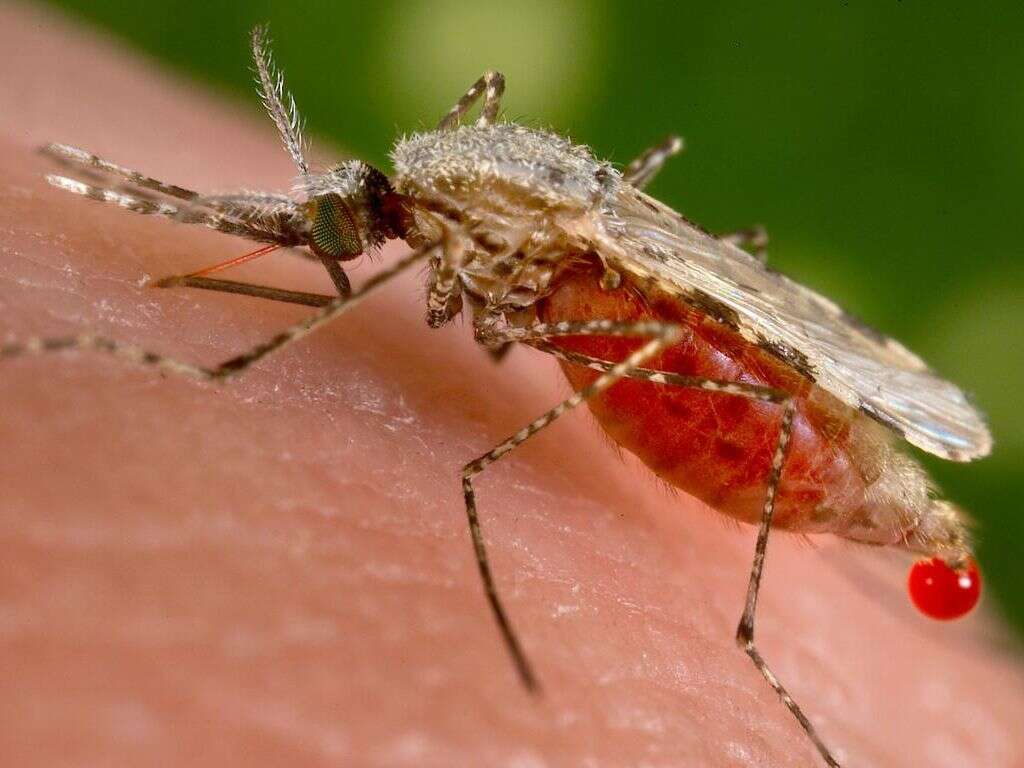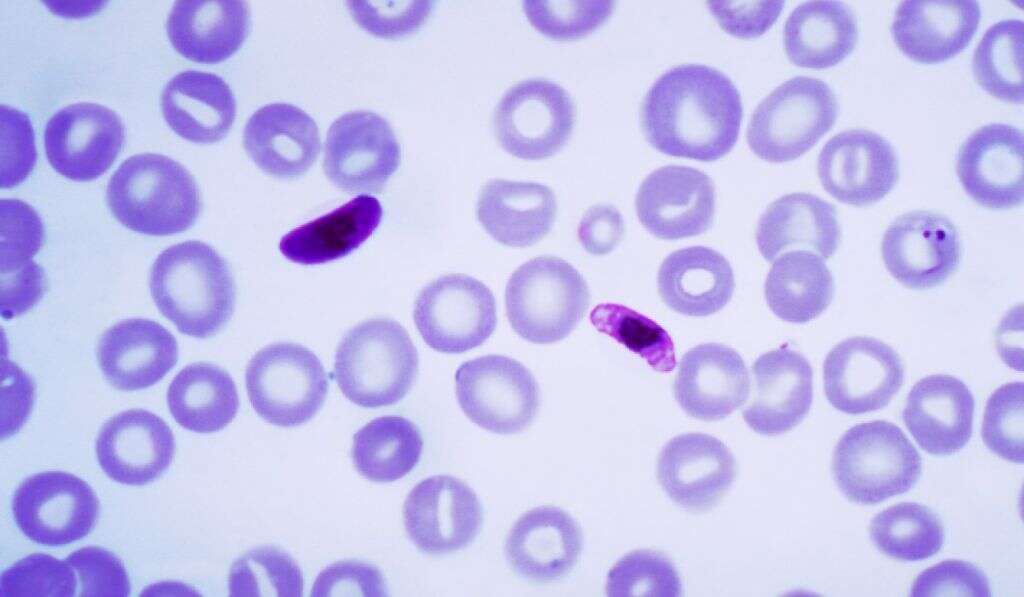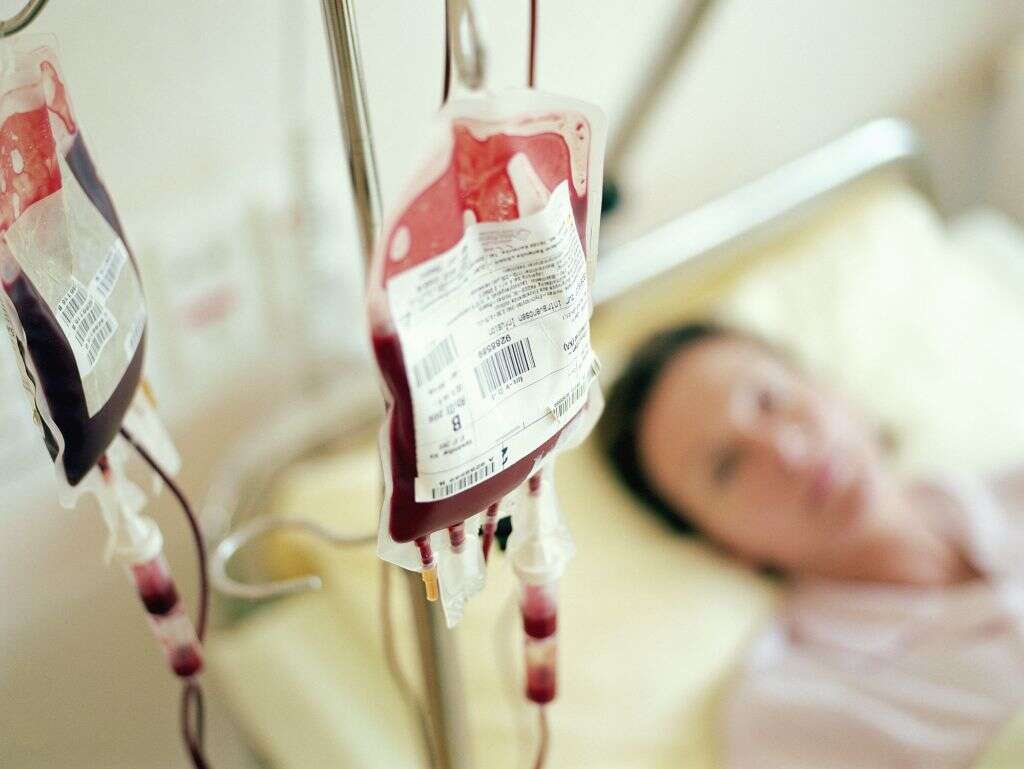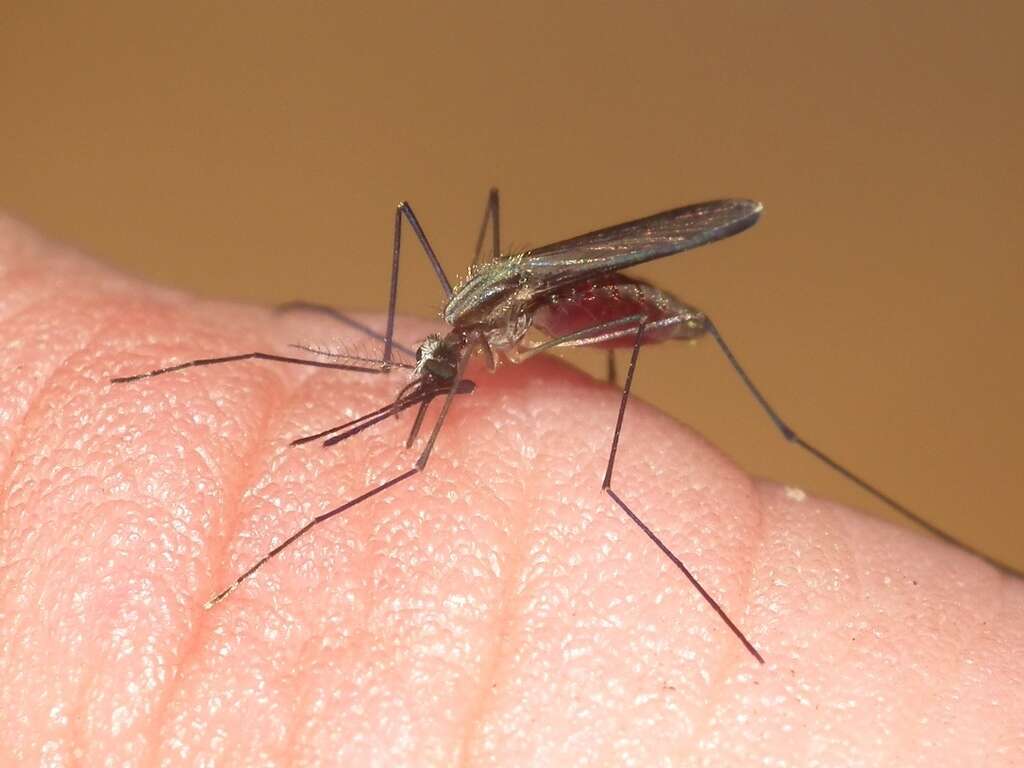What Is Malaria?
Since mankind has been on Earth, we have faced some very real threats from the natural world. There was a time when this would mean dangerous predators, but we have also been under threat from dangers so small that they are not visible to the naked eye. They have the potential to be very dangerous for us indeed.
Some pathogens throughout history have been notorious killers, taking many lives throughout history. Many of these diseases are much less of a threat to us nowadays with modern medicine and preventative methods. Many still exist, however, and continue to pose a threat to people living in certain parts of the world. One such example is malaria.

1. Mosquitos
Depending on where you live in the world, mosquitos are likely to be a common problem. Female mosquitos feed off the blood of other animals, including human blood. They have a needle-like mouthpart known as a proboscis which allows them to penetrate skin to reach the blood below, which they can then drink freely.
We don’t usually notice mosquitos when they are drinking, but we will often notice afterward. Their bites can be very itchy to the point where it can be unbearable for some people. In addition to the discomfort, mosquito bites can also spread disease. One of the most notorious of these diseases is malaria.

2. Malaria
Malaria is estimated to have killed around 405,000 people in 2018, although that figure has decreased from around 800,000 in the year 2000. Approximately 210 million people will be affected with the disease each year. It is believed to have killed many millions throughout history, although modern medicine and preventative measure have helped reduce infections and deaths.
The majority of deaths from malaria have taken place in Africa, although other parts of the world will also have cases of malaria. It is generally found in tropical and sub-topical climates. There is no vaccination, but medication is available to help prevent the infection. The condition is often treatable, but it is often deadly, especially to people that have no access medical assistance.

3. Plasmodium
As mentioned, malaria is usually caused by the bite of a mosquito. The disease is actually caused by tiny protozoan parasites, known as plasmodium. Mosquitos can become infected with these parasites after feeding on an infected host. The mosquito can then pass the parasite on to any person it bites.
Once inside their new host, the parasites will make their way to the liver where they will then spend some time maturing. Once mature, they will leave the liver, and your red blood cells will become infected. At this stage, the disease will start causing symptoms, some of which can be very serious.

4. Other Transmission Methods
The vast majority of malaria cases are cause by mosquito bites, but mosquito bites are not the only potential cause. Another potential method of transmission is by way of blood transfusion. However, blood is usually heavily screened so this is only likely to happen in impoverished areas with limited medical facilities.
It is also possible to catch malaria by sharing needles with infected users. Needles used in medical environments are nearly always sterile, so this method of transmission is only likely to happen among drug users. It may also be possible for an unborn child to contract malaria directly from their mother if she is infected.

5. Symptoms
To begin with, the patient is likely to feel as though they have the flu, or similar. Perhaps the most typical symptoms of malaria are a fever and chills, both of which can begin mild and get worse. A headache is another potential symptom, and the patient is also likely to feel fatigued.
Muscle pain is another likely symptom, and many patients will also experience nausea and vomiting. Patients with malaria will also tend to undergo what are known as malaria attacks. These are cycles of high fever, chills, and sweating, only for the patient’s temperature to retuned to normal again. Some people will also experience pain in the abdomen or chest, and some will have a cough.

6. Complications
The symptoms already mentioned can be uncomfortable for the patient, but are not necessarily dangerous. However, malaria can cause complications that are very dangerous indeed. For example, it can cause hypoglycemia, which is a low level of sugar in the blood. This can also be caused by quinine, which is used to treat malaria.
Other potential complications are anemia, and pulmonary edema, the latter of which makes it difficult to breathe. Cerebral malaria is another potential complication and it causes the blood vessels to the brain to become blocked by parasites. Malaria can also cause organ failure, which can pose a very real and direct threat to the patient’s life.

7. Who’s At Risk?
People most at risk from catching malaria are those that live in certain parts of the world. Most cases come from the African continent South of the Sahara Desert. People from the Dominican Republic are also at risk, as are people in Haiti, and New Guinea. The Asian subcontinent is another region where the disease can be found.
Malaria can be found in some other parts of the world, but cases are rare. Those people that do live in malaria prone areas are also at a higher risk if they live in an impoverished area, and close to standing water. It should be noted that immunity to malaria will weaken over time, so it is possible to catch it more then once.

8. Who’s At Risk Of Complications
Most people that catch malaria will make a full recovery, but not everybody is so lucky. Some groups of people will experience some very serious complications that are potentially life-threatening. This includes people that are very old, and people that are very young.
People that live in impoverished areas also tend to be at higher risk. This tends to be down to a lack of access to modern healthcare, and also a lack of education on keeping themselves safe. Pregnant women are also at higher risk, as are their unborn children. People that come from areas where the disease is not prevalent are also at a higher risk.

9. Diagnosis
The milder symptoms of malaria can easily be mistaken for something like the flu. If you are in an area where malaria is prevalent, however, it is wise to be more cautious. It will be a good idea to get a confirmation, and it will take a blood test to confirm the presence of malaria.
A blood sample will be taken so it can then be analyzed to look for the presence of the parasite. It will also be important to determine exactly which variety of malaria the patient has in order to prescribe the appropriate medication. Further tests may also be undertaken to determine whether the disease is causing dangerous complications for the patient.

10. Treatment
Malaria is usually treatable with medication that will help to kill the parasites. The type of medication used will depend on the particular type of the disease. Treatment will also depend on other factors such as age, whether or not the patient is pregnant, and how severe their symptoms are.
One thing that makes treating malaria harder is evolution. The parasites will gradually evolve to become resistant to certain medication, meaning it is necessary to be constantly developing new medication. If the patient is experience severe symptoms and complications, they are likely to need hospitalization where they can be cared for more intensely.











